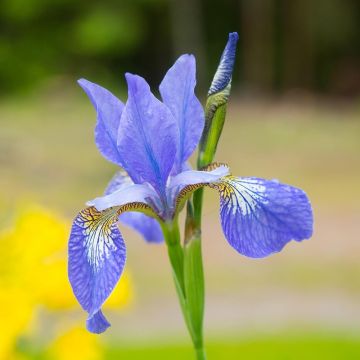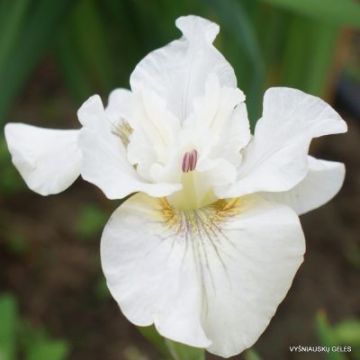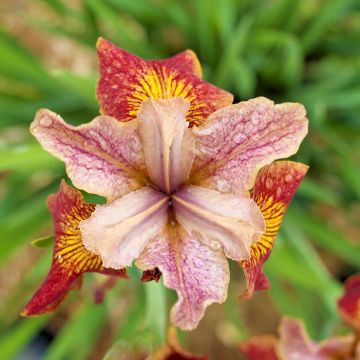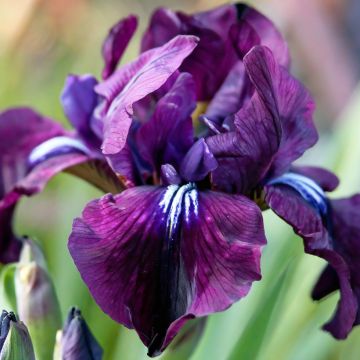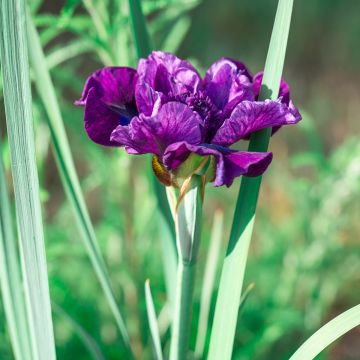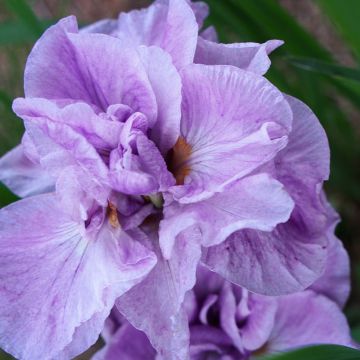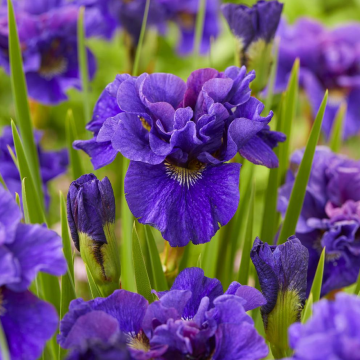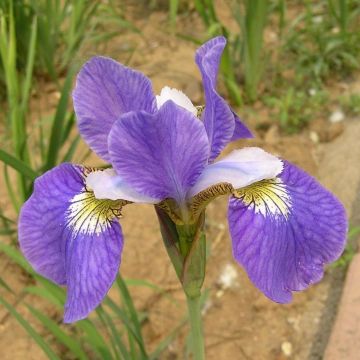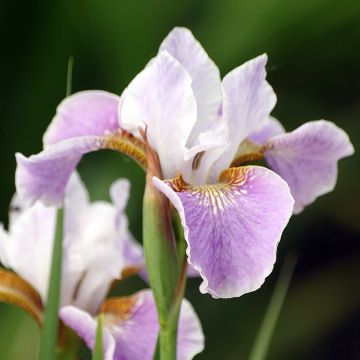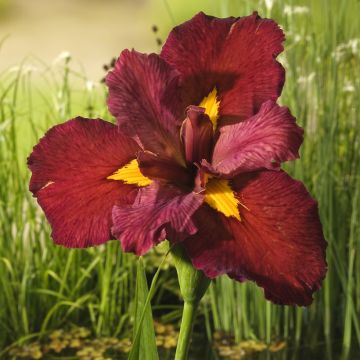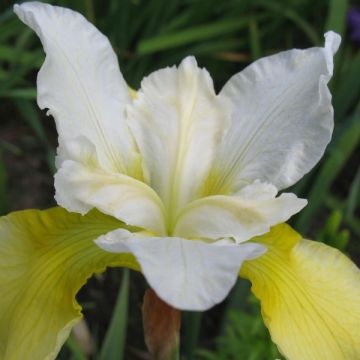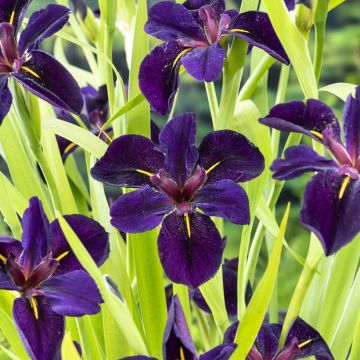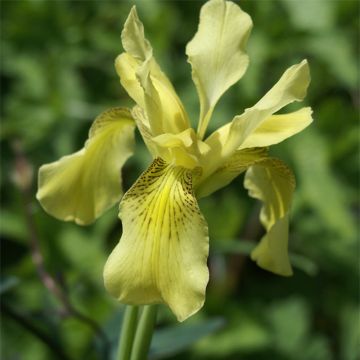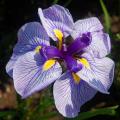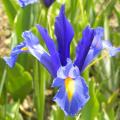Siberian Iris
Does this plant fit my garden? Set up your Plantfit profile →
Available in 1 sizes
Available in 1 sizes
Available in 1 sizes
Available in 1 sizes
Available in 2 sizes

Available in 1 sizes
Available in 1 sizes
Available in 1 sizes
Available in 1 sizes
Available in 1 sizes
Available in 2 sizes
Available in 1 sizes
Available in 2 sizes
Available in 2 sizes
Available in 1 sizes
Available in 1 sizes
Available in 1 sizes
Available in 1 sizes
Available in 1 sizes
Available in 2 sizes
Available in 1 sizes
Available in 1 sizes
Available in 1 sizes
Available in 1 sizes
Available in 1 sizes
Available in 1 sizes
Available in 1 sizes
Available in 1 sizes
The Siberian Iris, or Iris sibirica, is very similar in cultivation to the Japanese iris. Like it, it likes rich and moist soils, and like it, it tolerates the sun, but it will flower for a long time in partial shade. Blooming earlier, it flowers from May to June for a good 3 weeks. Its flowers, smaller than those of the Japanese iris (up to 10cm (4in) in diameter), are finer and generally more intense in colour. There are numerous cultivars, with blue, violet, pink or white flowers, sometimes bicolour and very rarely double. The flower stems are erect, reaching a height of 1m (3ft), and the foliage, slender and well-filled, reaches a height of 60cm (24in). Given its origins, it is not afraid of cold or humidity, but like its Japanese cousin, its stump does not appreciate being submerged in water during winter. Plant it either on the edge of a pond, but not too close to the flood zone, or in a perennial bed that remains consistently moist, even in summer.
Haven't found what you were looking for?








































